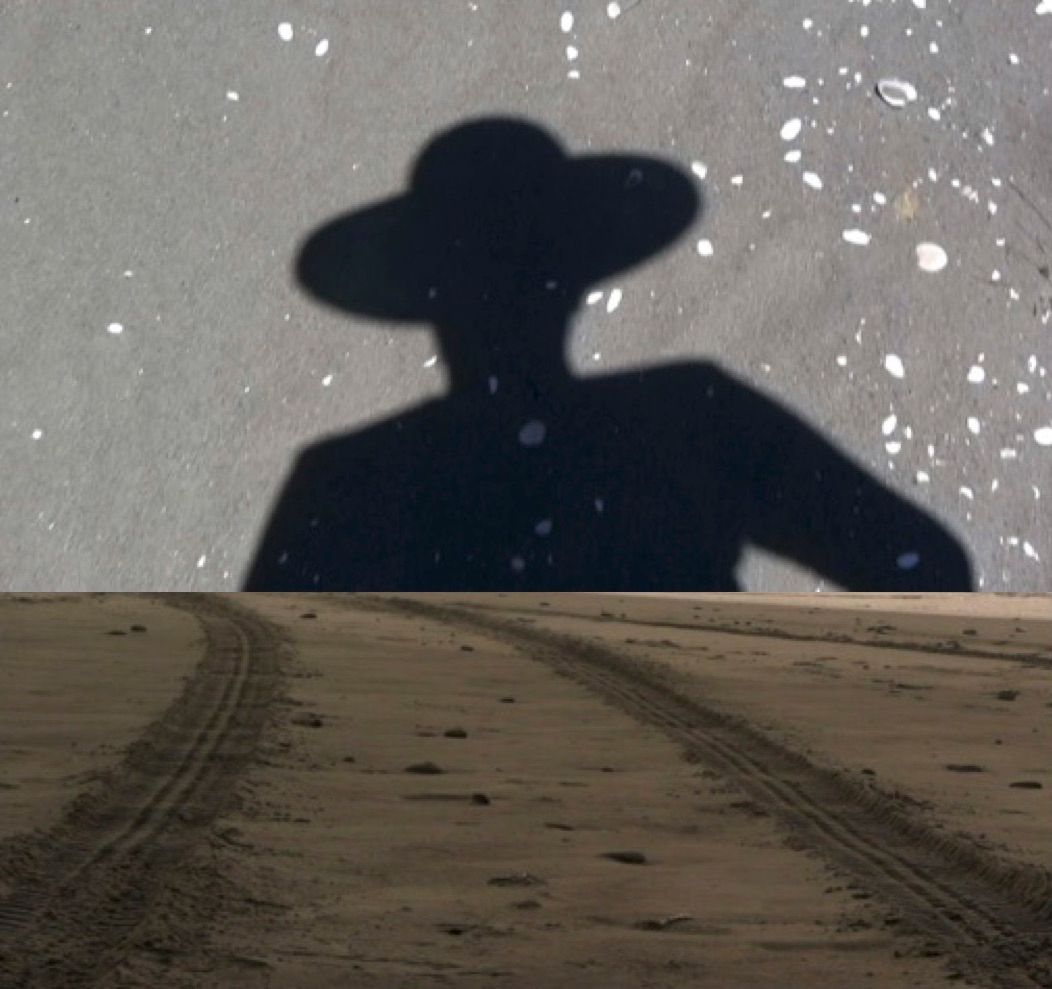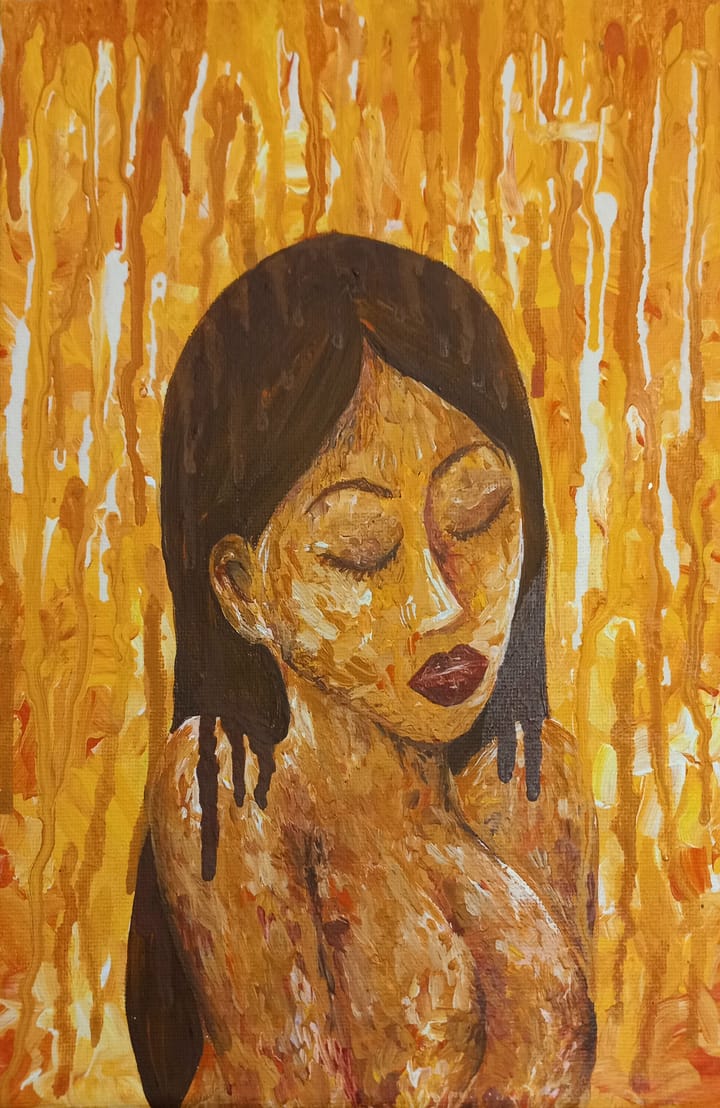Amherst Presents, “Dora”: Mixing Together Memory , Ecology, and Landscapes

You’ve probably seen some of the advertisements around campus for a production called “Dora.” And no, it’s not a new portrayal of Dora the Explorer. “Dora” is a play by theater and dance chair Wendy Woodson. In Woodson’s words, it “blends together ecology, resistance fighters, a story of hidden love, and Freud’s Dora.”
The Amherst Student sat down with Woodson to learn more about her upcoming production. She will be performing in the play alongside Visiting Resident Artist Peter Schmitz in the Holden Theatre of Webster Hall from October 15 to 17 at 8 p.m. each night. Tickets are free, but reservations are recommended. To make a reservation, call 413-542-2277.
Q: Let’s start off with the question that I had when I first saw the posters. What is “Dora”?
A: Dora is a two-person, three-act play composed of several little scenes. Normally, I don’t call my works “plays,” but Dora is an exception. Even though Dora is a play, the mapping of the space and the language itself is choreographic, meaning it’s more in the realm of poetic. It is not a realistic, linear or character-driven play. It has a lot of imagery in it that comes from the stylized words and gestures that we use.
Q: What inspired you to write Dora?
A: In the past 10 years, I’ve taken five sabbaticals to Australia where I’ve been developing several projects. Back in 2011, I did a project for their National Immigration Museum. During my research, I interviewed about 40 immigrants and refugees that were living in Australia. I collected these interviews in the movements of crowds, transportation and in other environments that were constantly shifting. After that, I started doing research on different female World War II resistance fighters in the French and Australian undergrounds. It was a lot of very random research, but all these stories stuck in my imagination.
Another thing that caught me in Australia and in the United States was the power of landscape, which brought me to the understanding of ecology as an incredible network of collaboration. All these threads of influence went a long way in creating “Dora.”
Q: Where did the title of the play come from? Who is Dora?
A: That’s exactly the question I want the audience to ask. Many years ago, I did a piece that was called “We Need Room for Dora” and that name stuck with me. I’d like to take a moment to clarify that this is NOT Dora the Explorer, who I didn’t even know existed. The name is a reference to Freud’s Dora, which was a famous case concerning female hysteria. I don’t want to get too much into detail, but for the women of my generation, this case was a real bone of contention because of Freud’s interpretation of this so called female hysteria. This female character that I play is being interrogated by a man who has a bit of a military/psychiatry relationship persona, so there’s a connection there.
Q: Can you briefly describe what the play is about?
A: Ultimately, it is a story about the man and the woman. Having said all that, there is a kind of under-story to this play, which goes back to that thread of influence concerning resistance fighters. There’s plenty of hints that the two characters were on a mission together and their memories of that is what the play is about. The power dynamic between the two is constantly shifting as each tries to draw memories out of the other. Of course, these two characters both have flawed memories and perceive events differently. They need to strive towards some kind of agreement and recover this landscape, if you will. I’m not going to give you the message of the story though. I want the audience to go on a journey to find that out, just like the characters are going on a journey.
Q: What was the development process like?
A: When I came back from Australia, I wrote all kinds of bits and pieces of text until I completed it on a residency in Italy. I had hundreds of pages of possibilities and I put the text all over the walls and organized it from there. When I came back to Amherst, I got in touch with Peter Schmitz, who was living in New York at the time. We’ve worked together many times in the past and I trust him. We work in a similar vein, so I asked him to come up here for a couple of months so I could try out some of the text. I wasn’t sure about the final format just yet. Together, we collaborated on it here and then we went to Australia to try it out. While we were there, I performed it with an Australian actor while Peter directed. In the version we’re showing here, Peter and I are performing the play without a director. We basically directed ourselves, which was a new experience for me. Of course, we’ve had several outsiders come in and step in to a kind of directorial role for a few days, but it was curious to not have a constant director. It was actually very hard for me to let go of the director role, since I typically write and direct all of my work because I want to be in complete control.
Q: What was it like performing and writing a two person play?
A: I really enjoy being in the space with Peter. It’s a challenge also, because I usually don’t perform with other people myself. In fact, I usually don’t perform at all. I like to direct other people. I feel like I’ve learned a lot through this experience. Sharing a space with another actor has sensitized me to what the dilemmas are for the people I direct. I have to say that I’ve had a lot of fun experiencing the surprises that can happen and the attentiveness that is required to play off one another in the moment. Being able to inhabit the same world as another person takes a lot of effort, but is ultimately worth it. It’s almost addictive. It’s also very tricky because you never know if you and your partner are going to be in completely different zones and it can throw you off, especially as a playwright. Since I write everything I perform in, I know exactly how the action is supposed to go, so I need to deal with that conflict.
Q: What would you tell the Amherst community that would convince them to see “Dora”?
A: “Dora” blends together ecology, resistance fighters, a story of hidden love, and Freud’s Dora (not the Explorer!) in a performance that features two characters who meet and lose one another repeatedly against continually shifting landscapes of history and memory.
This interview has been lightly edited for clarity.





Comments ()